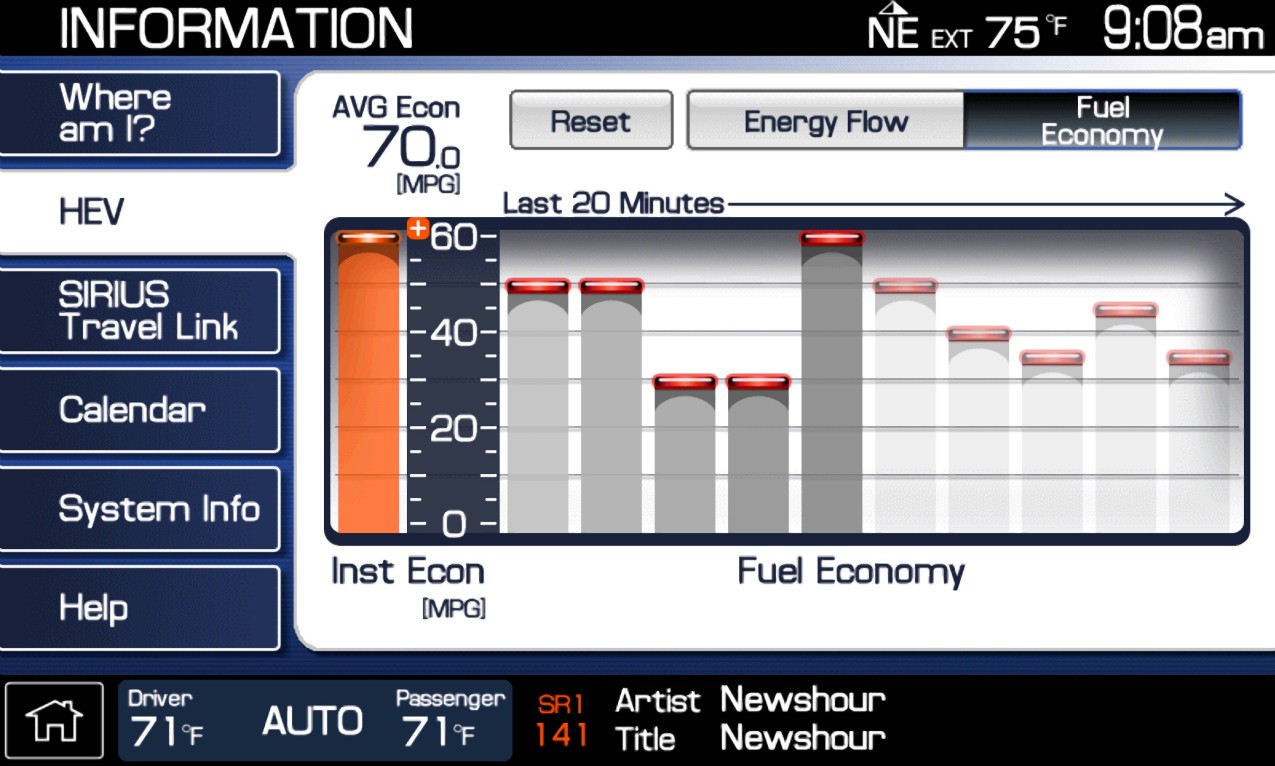Oracle previews Fusion user experience

John Wookey, senior vice president of application development, laid out Oracle's applications strategy, including the ephemeral Fusion Project, this morning at OracleWorld. He started off by reassuring the audience that Oracle is committed to deliver a great next generation platform, but also to improve products customers are running today. In other words, customers should know that they will not be forced into the futuristic Fusion.
Wookey cited three business drivers for Fusion. "We are seeing an evolution, a generational change in how people work with systems," he stated. "It's a workforce for whom the Internet is not new. It's a new set of tools we couldn't have envisioned ten years ago, such as collaboration and multitasking. They are looking for a fundamentally better user experience."

John Wookey watches while Jeremy Ashley demonstrates the Fusion user experience, with a side panel on the desktop. "We are part of the desktop, not the desktop," Wookey said.
Secondly, Fusion has to improve the ownership experience--faster to deploy, easier to manage, and less risky, Wookey said. "We have to achieve real breakthroughs, such as a zero-downtime upgrade." The third driver is the partner experience. "Our applications are only part of the solution, and we need to work easily with other applications and technologies that corporations use, and to think of our applications as part of a broader ecosystem," Wookey said.
On the technology front, Wookey said that Fusion is built on Web 2.0, SOA and middleware. "Web 2.0 is the notion that the Internet is the architecture and collaboration is something you can count on, and it is manifested in search utilities and applications like MySpace. Our users are going to expect they work well with enterprise," he said.
As with every other enterprise software vendor, SOA is the solution to having more adaptable systems. "An isolated component in a business process can be pulled out or replaced or modified if doesn't do what you want it do without breaking the system," Wookey said. The middleware connection is that Fusion is being built on top of Oracle's Fusion Middleware platform.
For the first time, Oracle demonstrated some of the user experience concepts for Fusion, which integrate Oracle applets--which Fusion developer Jeremy Ashley called a side pane--on the desktop and with other productivity applications. "It's about driving business processes by allowing users to use the tools and applications with which they are comfortable. That's the world of Web 2.0 in the enterprise," Wookey said.
The Fusion AJAXy side panel can be present across the applications people want to use provide contextual information and services to complete business processes
In the demo, an Oracle applet was embedded as a side pane in Microsoft Outlook. It can present leads to a user with contextually relevant information. Ashley showed how a quote can be created by choosing template and firing up Google Docs and Spreadsheets as the user preferred application and prepopulating the template with the data. An Oracle side panel can be accessed to analyze the quote workflow on the customer side as well, even if they don't run Oracle software.
Overall, Oracle isn't breaking much new ground with its user interface work, but for customers it may be enough, especially given the focus on pleasing a new generation of users, to make Fusion interesting. For many customers, having an Oracle side panel, widget that works with the current set of Oracle applications and alongside other common applications would be a step forward without requiring a complete overhaul. Oracle formed an Adaptive Business Solutions Group to focus on an integration architecture. It would make sense to deliver the Web 2.0 user experience, with an Oracle applet, that leverages the integration work prior to the grand Fusion finale.
A Fusion user's home page or dashboard prototype
Wookey went through the release plan for Fusion, and nothing has changed since the last update. Fusion is still scheduled to be fully formed some time in 2008 and serious coding beyond establishing design patterns has not yet begun.
Wookey detailed point release investments in PeopleSoft, Siebel, J.D. Edwards and Oracle branded products. "We are bringing next generation innovations to the product line and taking intellectual property out of product lines into next generation of applications," he said. He gave examples of secure enterprise search, XML-based reporting and role-based analytics and dashboards as next generation features baked into the tooling layer and surfaced in the current set of applications.
Wookey singled out Siebel CRM On Demand 12 and the software-as-a-service model as a business Oracle is very serious about. So far, we haven't seen much evidence of that, although Oracle claims 1.7 on demand customers overall.
Wookey also previewed many of the specific enhancements that will be available in version 12 of Oracle's flagship E-Business Suite.
More to come on Oracle plans as the industry experts weigh in...